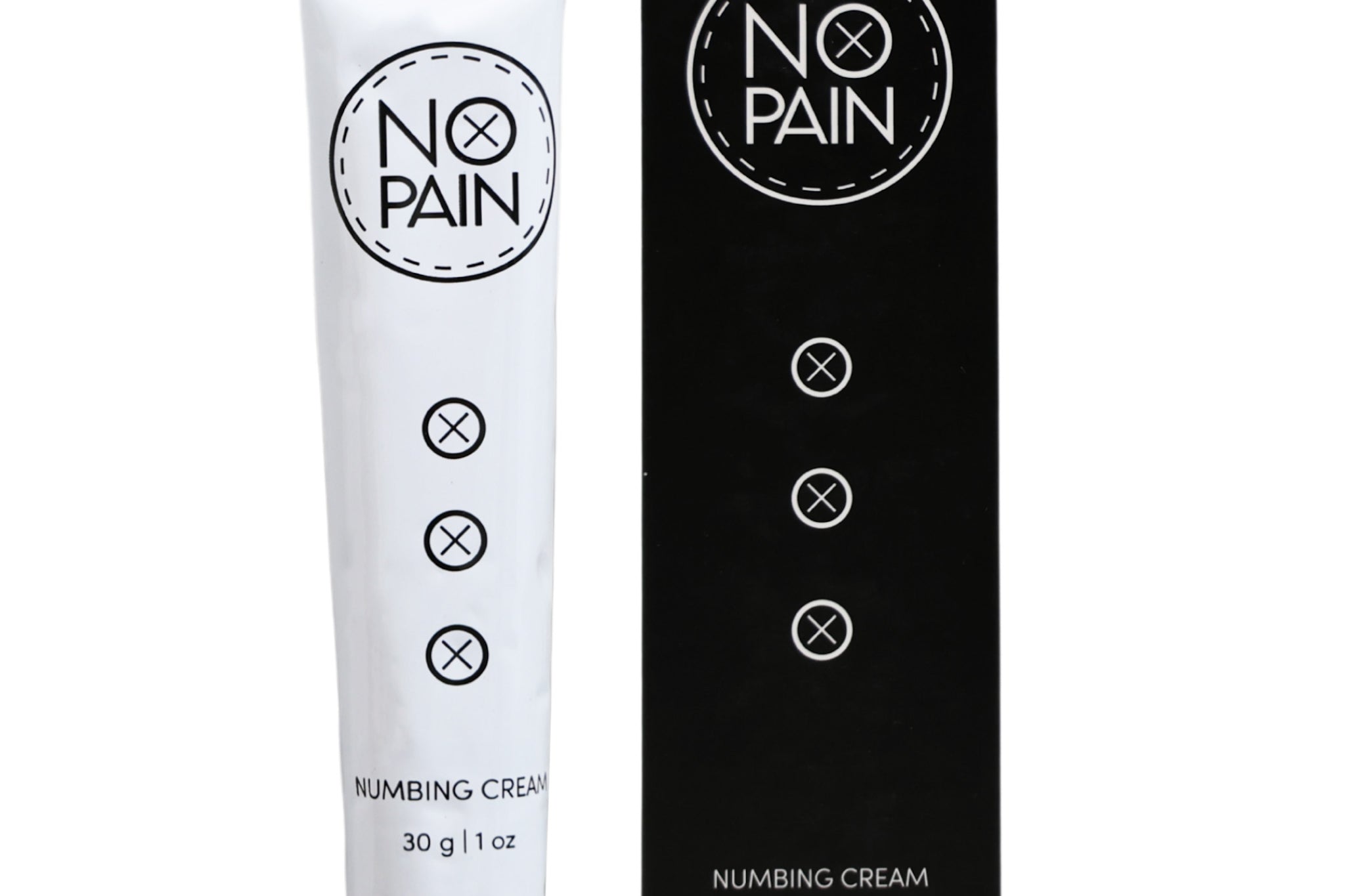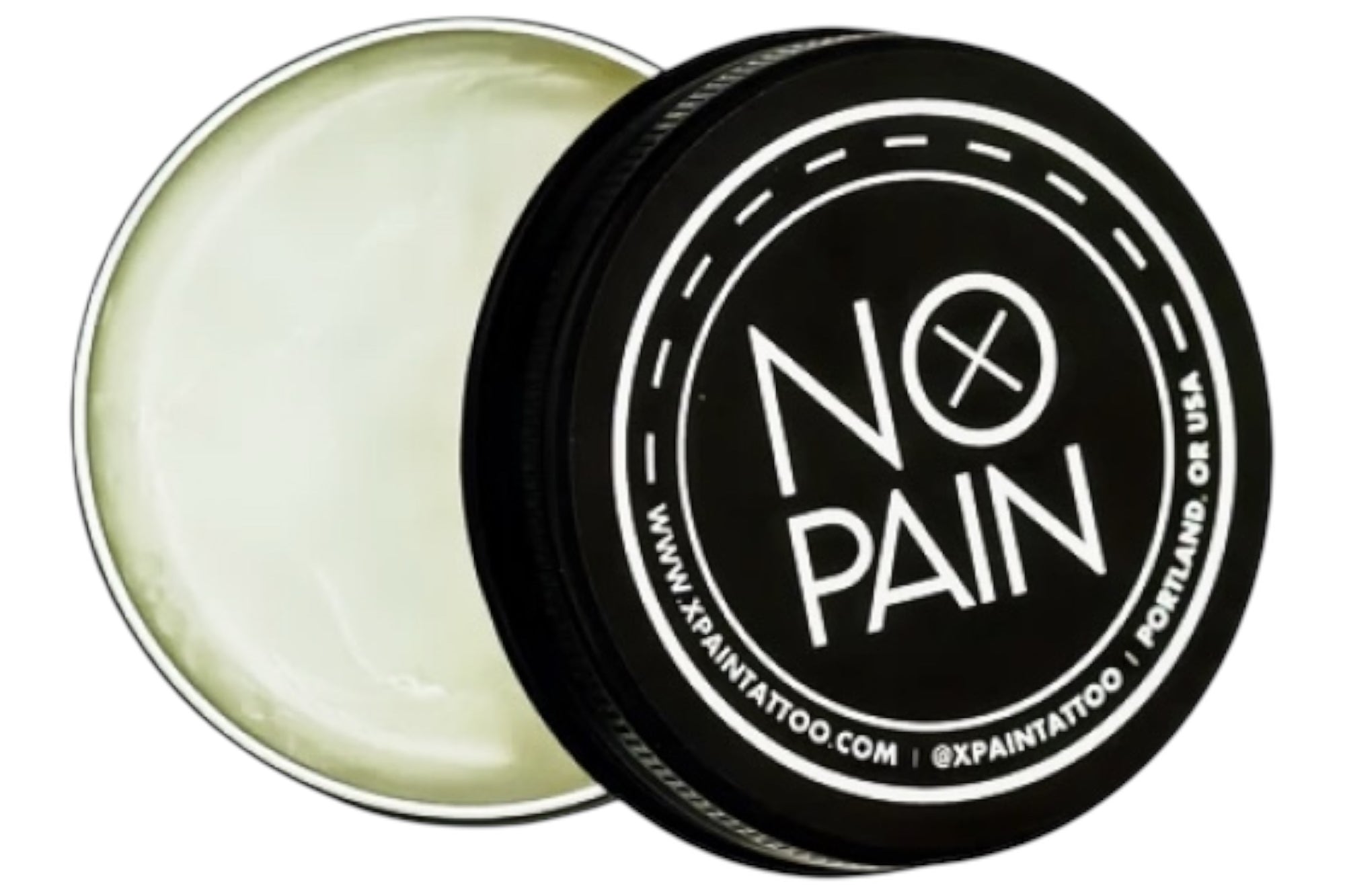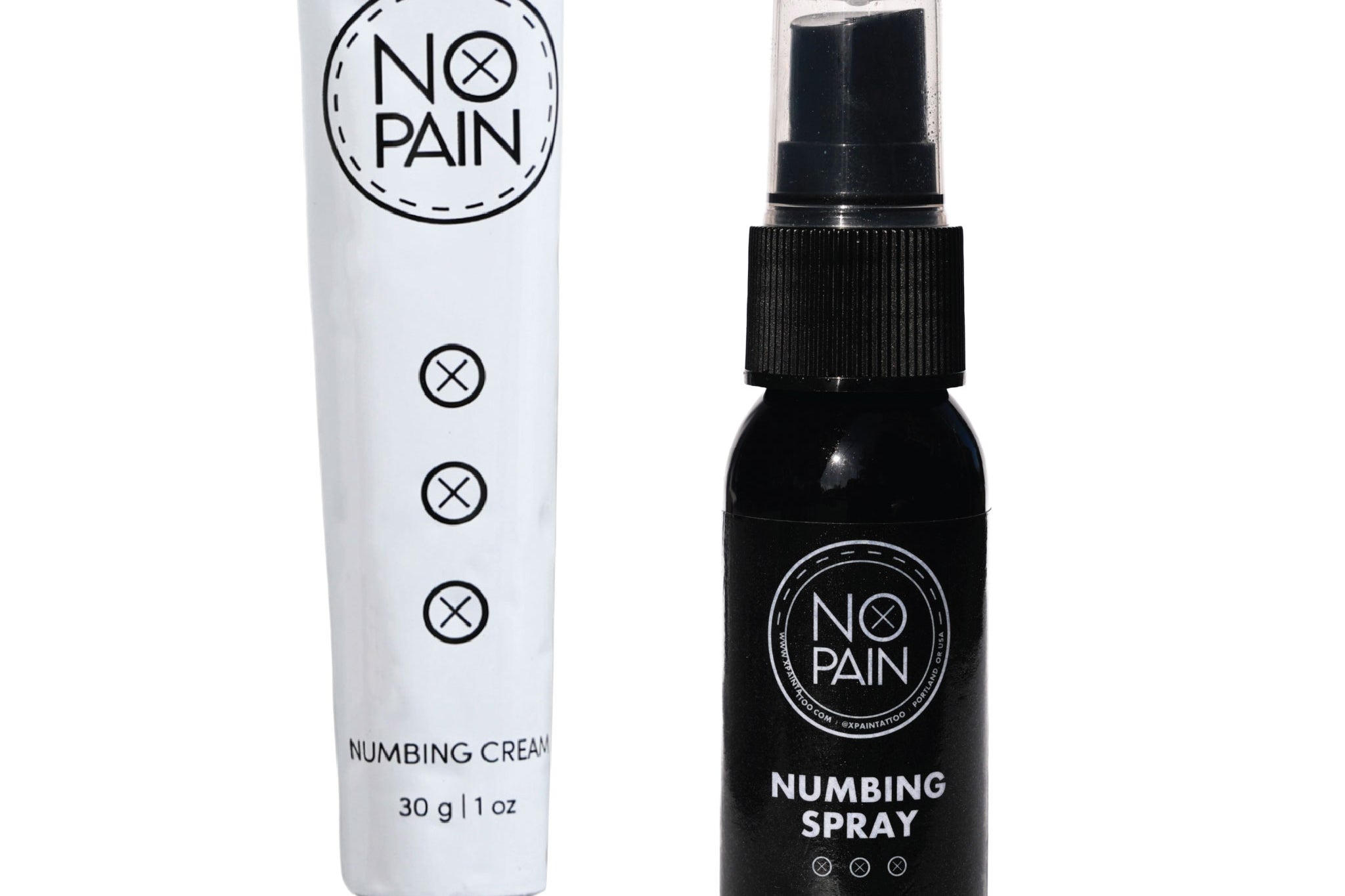You're dreaming of a new tattoo, but you carry a specific concern rooted in how your skin heals. If you are one of the many people who are prone to developing keloid scars, the question of getting a tattoo becomes a critical health and safety issue: "Can you get a tattoo if you have keloid-prone skin?"
This is not a simple question of aftercare or pain tolerance. It is a significant medical consideration. The answer from the vast majority of dermatologists and professional tattoo artists is a firm and resounding NO.
This is a critical safety guide to understanding what keloids are, the extreme risks involved with tattooing, and why this is a procedure you must approach with the utmost caution.
Disclaimer: This guide is not a substitute for professional medical advice. You must consult with your dermatologist before even considering a tattoo if you have a history of keloid scarring.
What is a Keloid? It's Not a Normal Scar
First, it's essential to understand the difference between a normal scar and a keloid.
-
A normal (or hypertrophic) scar: Is raised but stays within the boundaries of the original wound.
-
A keloid scar: Is a type of raised scar that is much more aggressive. After a wound has healed, the scar tissue continues to grow, spreading beyond the original injury and creating a large, often smooth and hard growth on the skin.
This is the result of an overactive healing response where the body produces too much collagen.
The #1 Extreme Risk: The Koebner Phenomenon
The primary reason tattooing is so dangerous for keloid-prone skin is a reaction called the Koebner phenomenon. This is when any trauma to the skin—a cut, a burn, or in this case, a tattoo—triggers the formation of a new, large keloid scar at the site of the injury.
-
The Inevitable Outcome: For someone with a history of keloids, the thousands of needle punctures from a tattoo are almost a guaranteed trigger. This means your beautiful new tattoo design would likely be completely consumed and transformed into a large, raised, and painful keloid scar. The art would be lost, and you would be left with a much more significant scar than you started with.
The Professional and Medical Verdict
Because the risk is so high and the outcome is so poor, virtually every reputable, professional tattoo artist will refuse to tattoo a client with a known history of keloid scarring. It is a major contraindication listed on most consent forms. They are not willing to risk permanently disfiguring your skin.
Dermatologists are in agreement. The risk of creating a large, difficult-to-treat keloid is simply too high.
Aftercare for Traumatized or Compromised Skin
While we strongly advise against getting a tattoo if you are prone to keloids, understanding how to care for a new tattoo on any type of compromised or sensitive skin is still crucial. The goal is always to have the gentlest, most inflammation-free heal possible.
-
A flawless tattoo aftercare routine is your only defense against complications. A system designed for sensitive skin is essential. Our No Pain Tattoo Aftercare Bundle provides the tools needed for the most delicate of heals. The No Pain Tattoo Cleansing Foam keeps the wound clean without irritation, and the No Pain Tattoo Soothing Gel is designed to calm the skin's inflammatory response, which is a key part of preventing an overactive scar tissue reaction.
The Verdict: Can you get a tattoo if you have keloid-prone skin? The answer is almost certainly no. The risk of triggering a large, permanent keloid scar that destroys the art and leaves you with a significant disfigurement is far too high. Your long-term skin health must always be the top priority.



